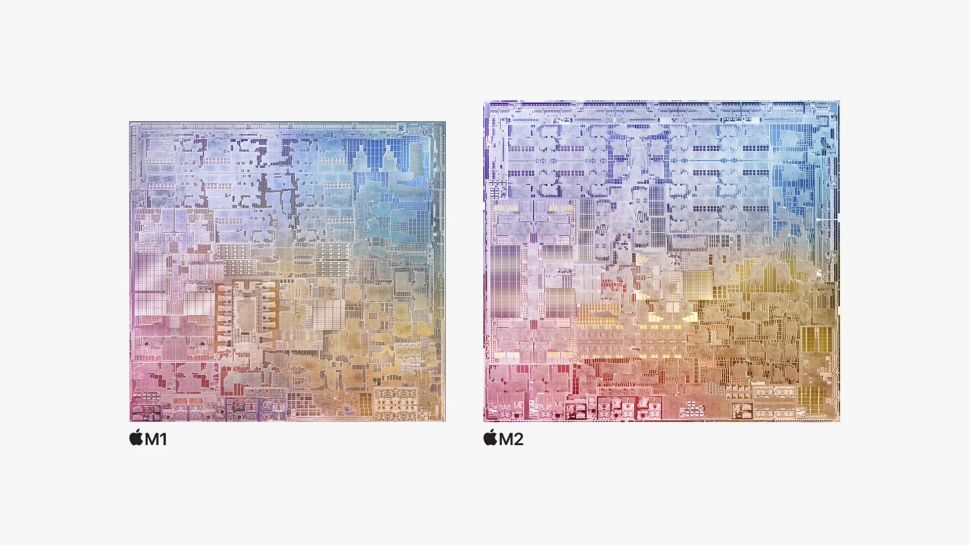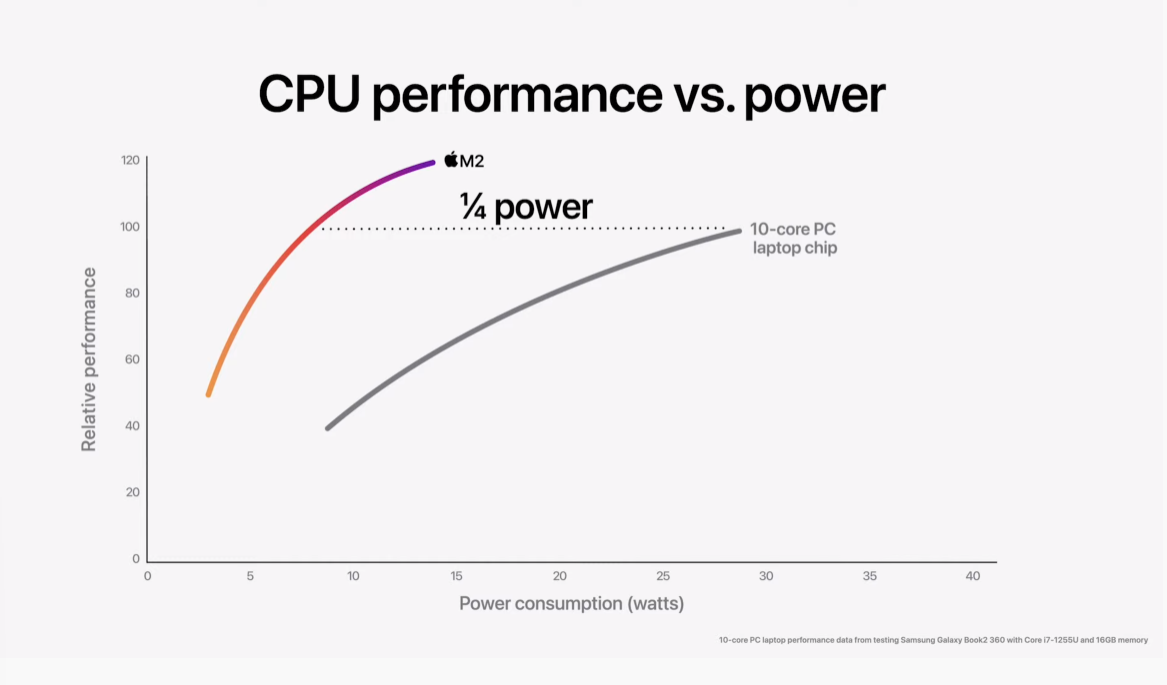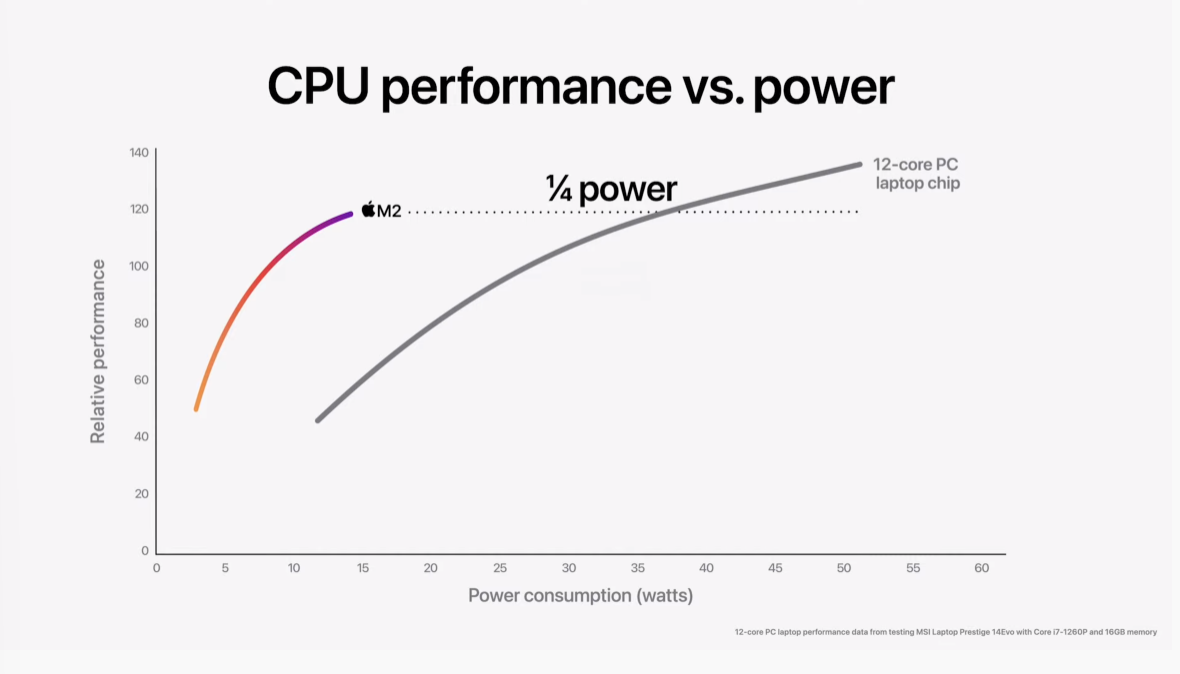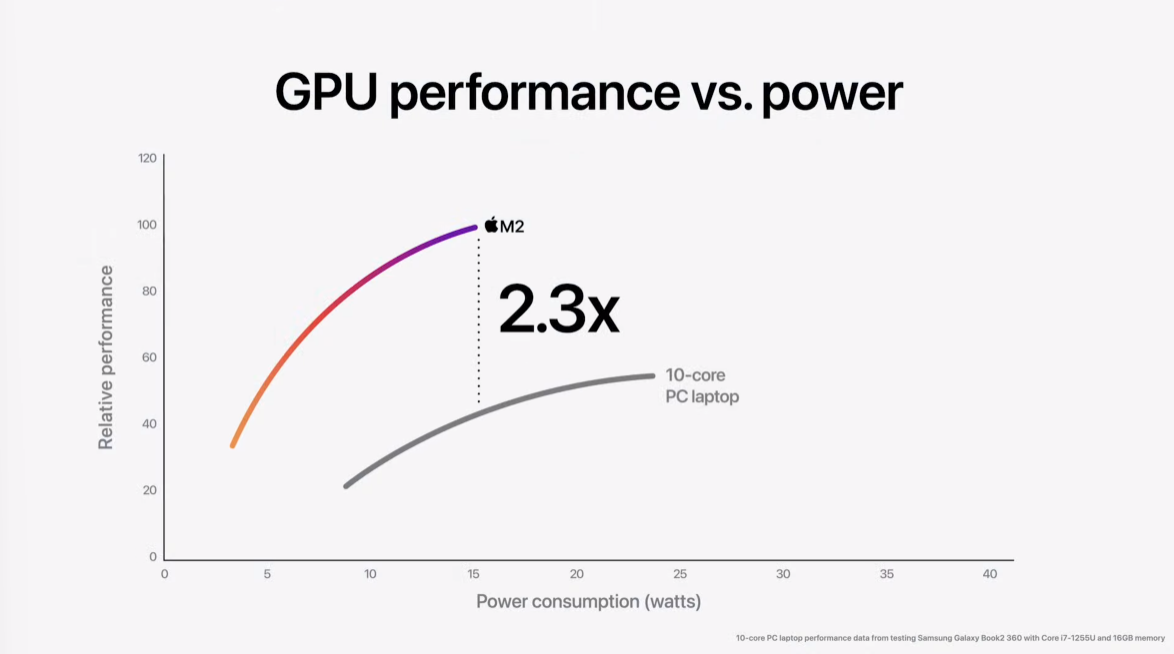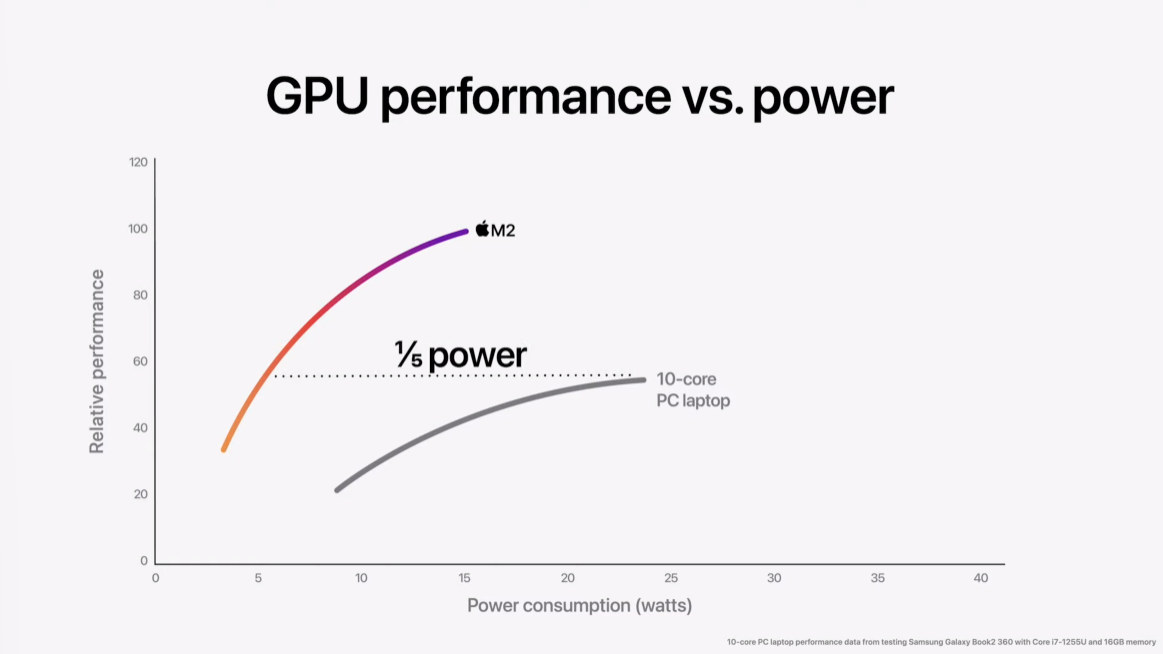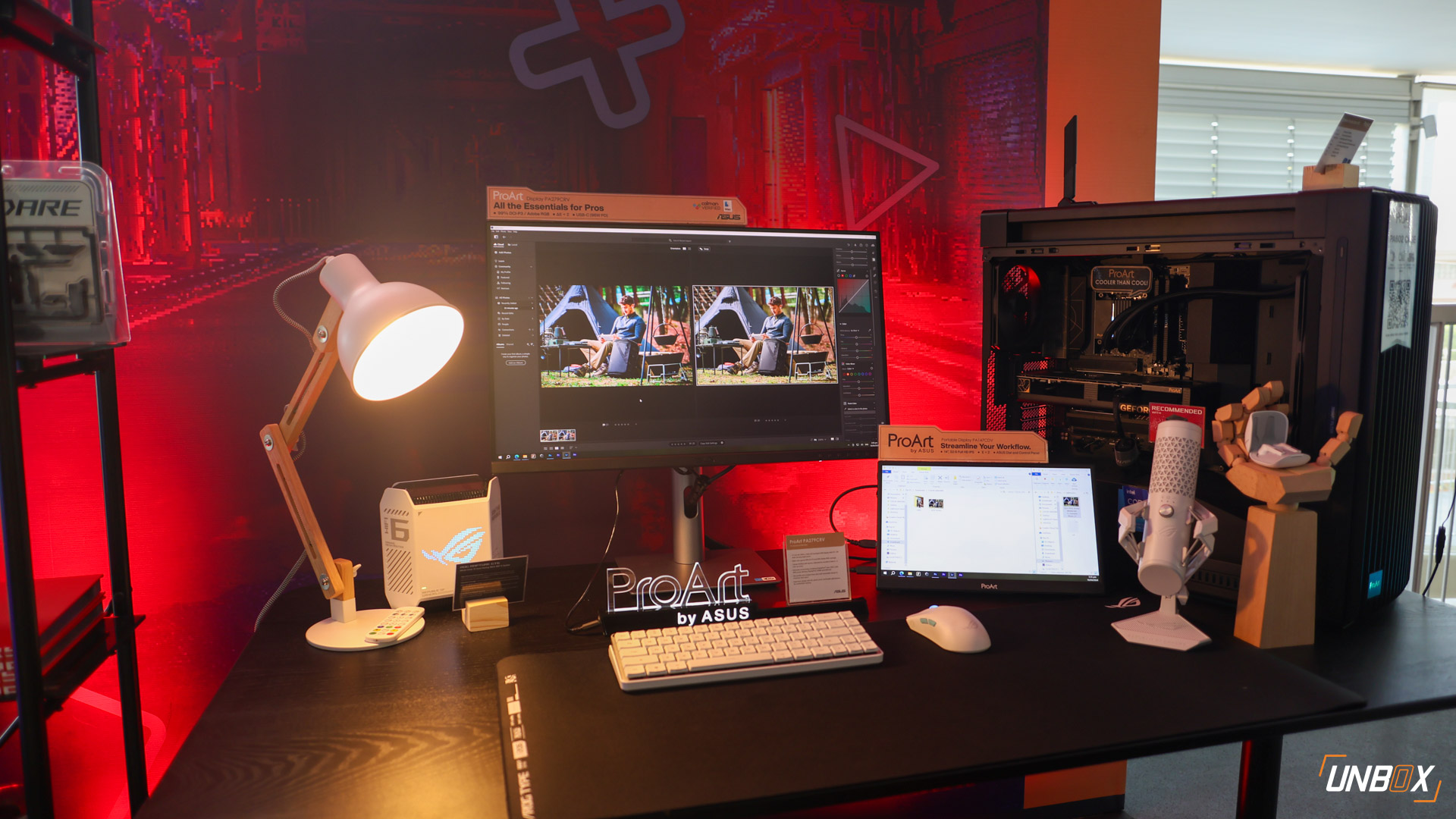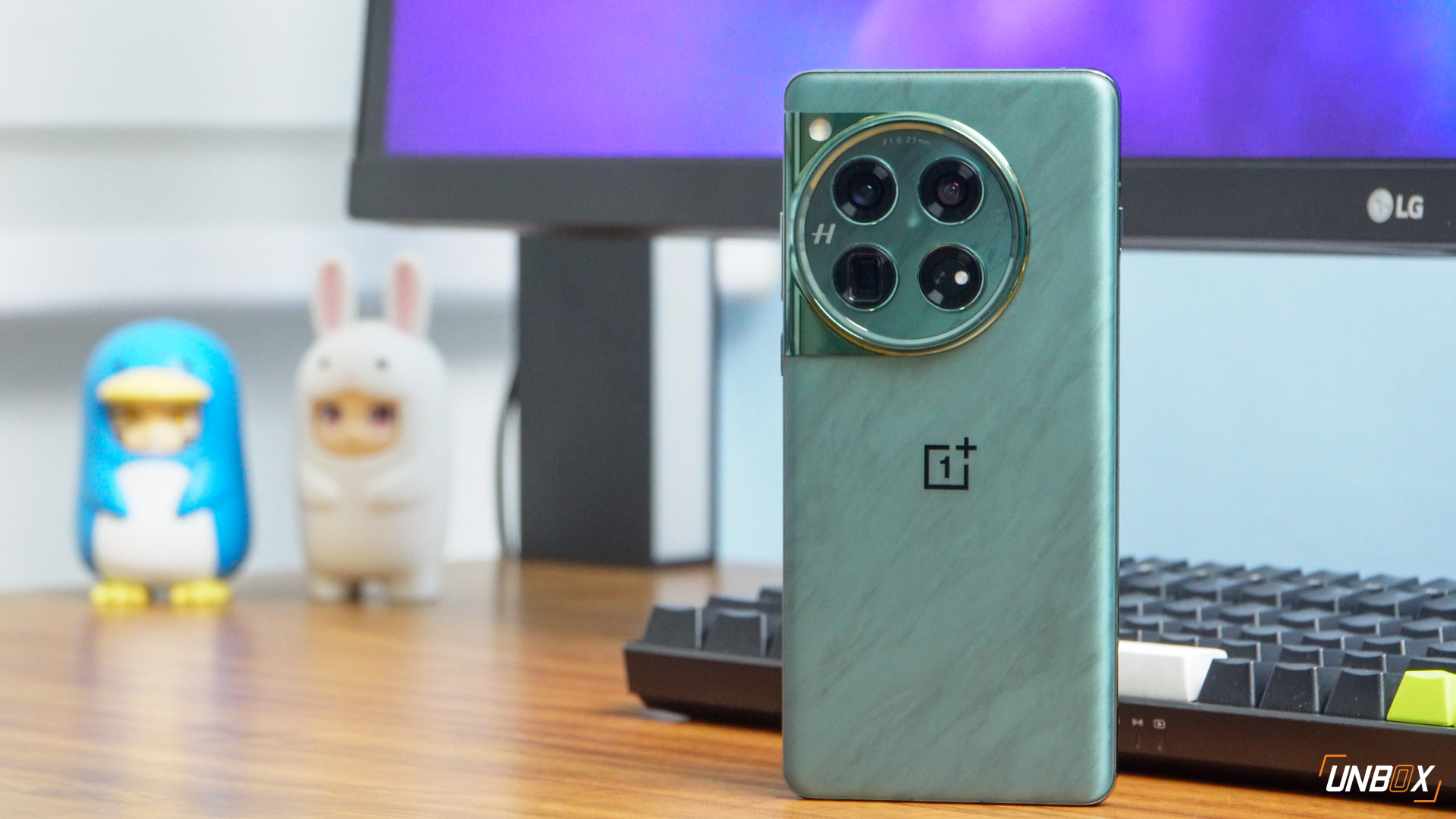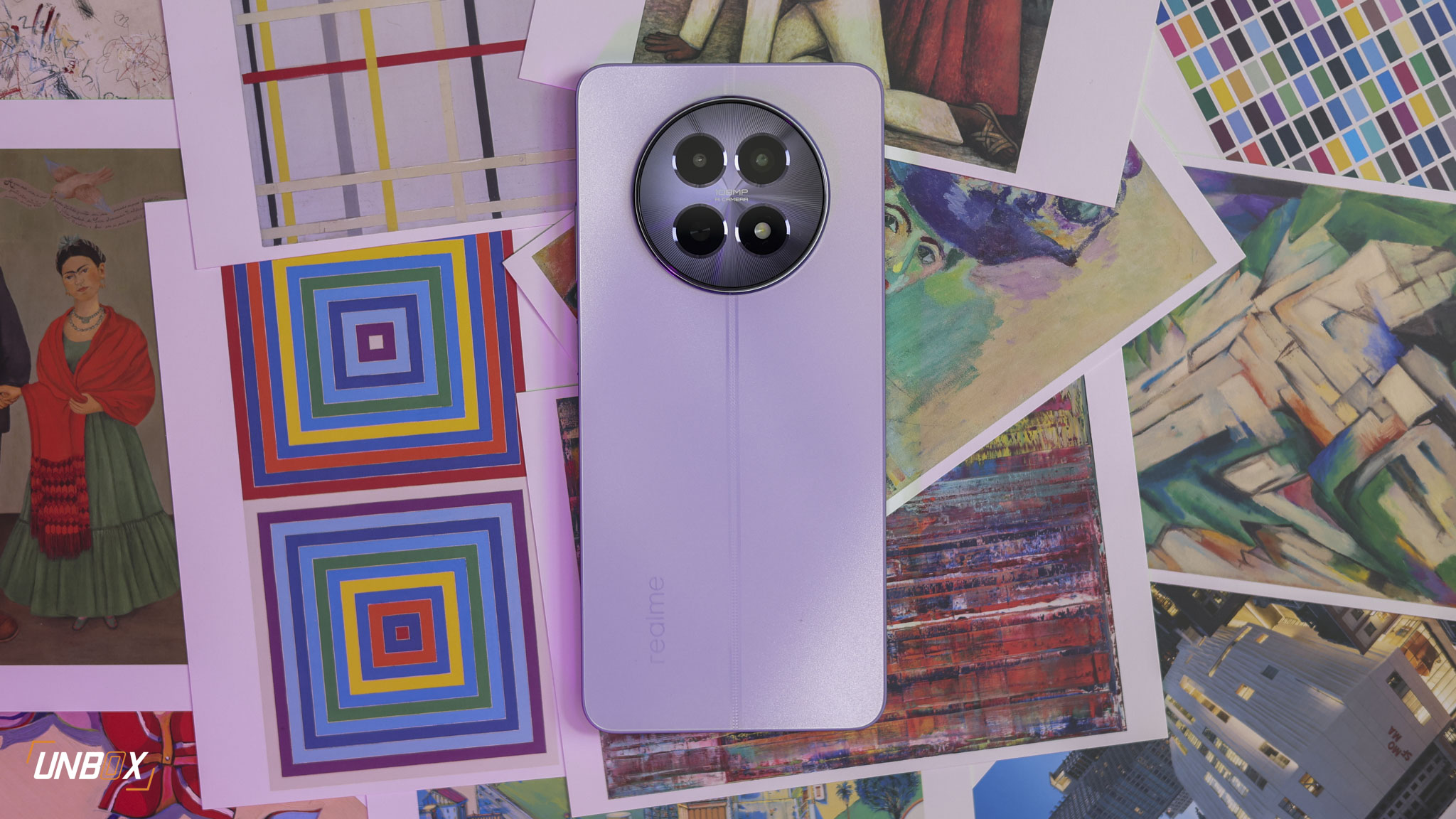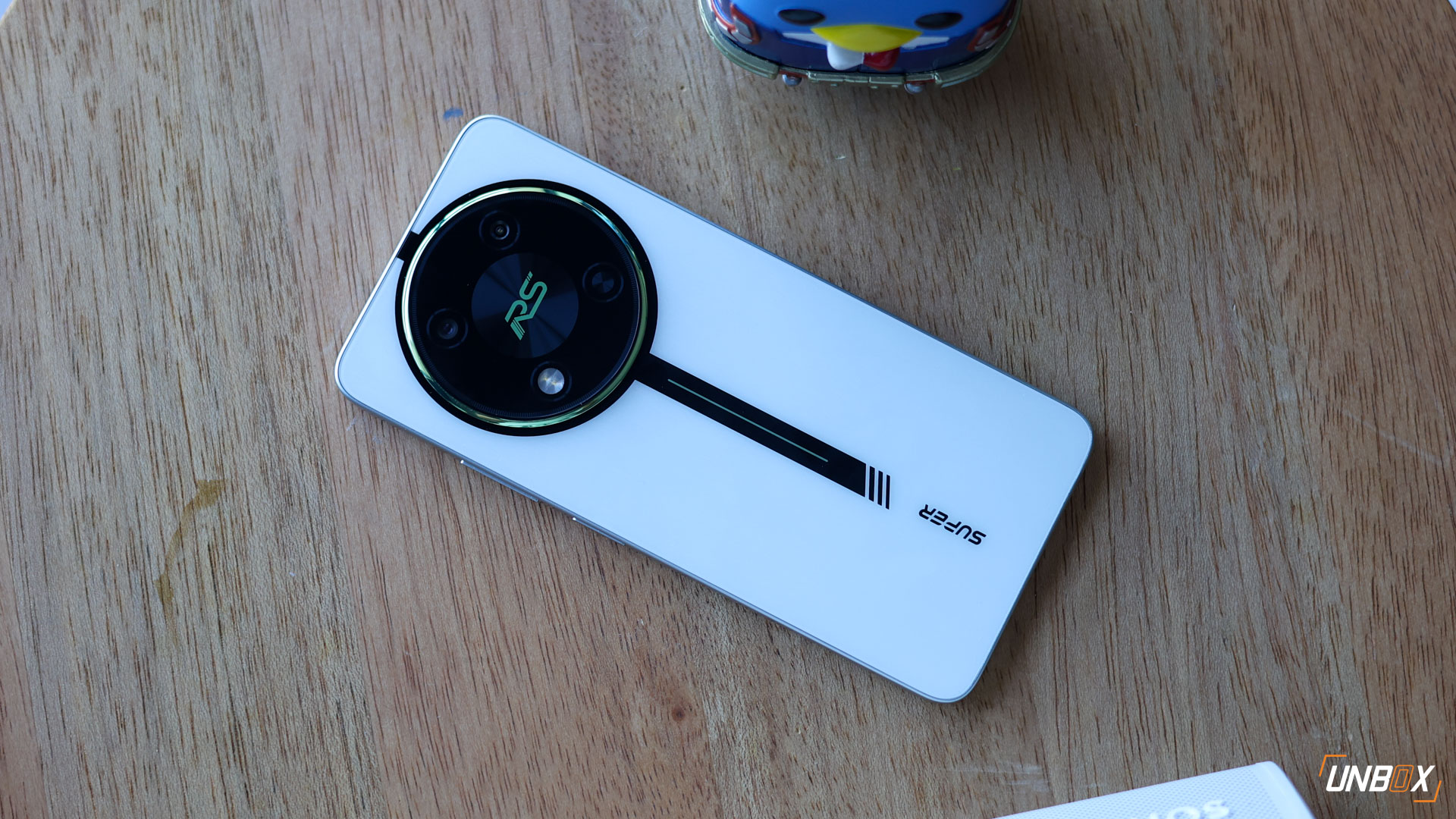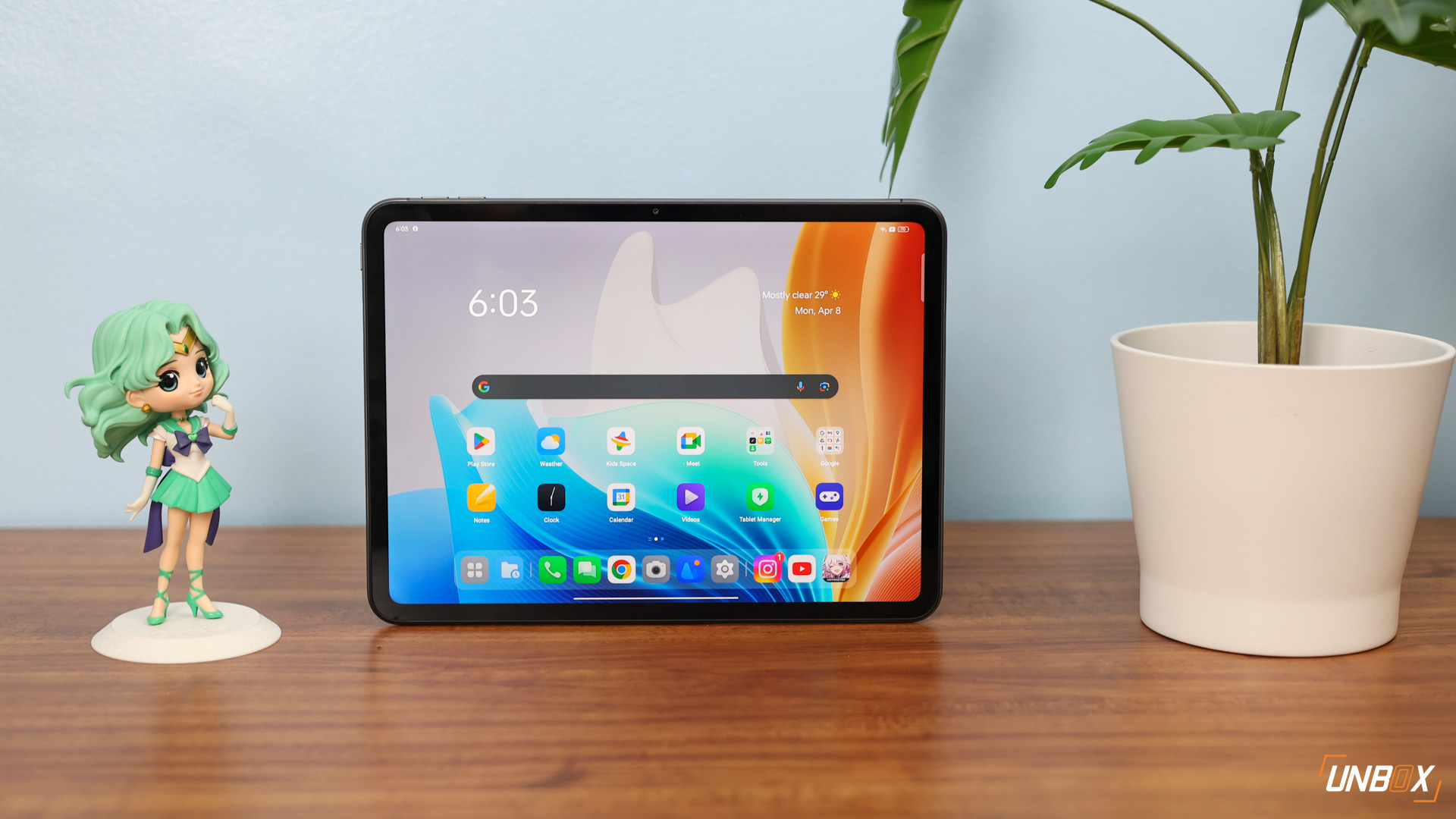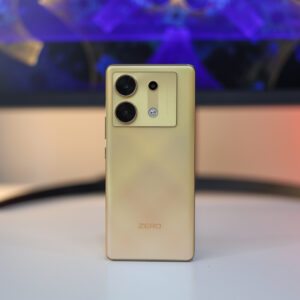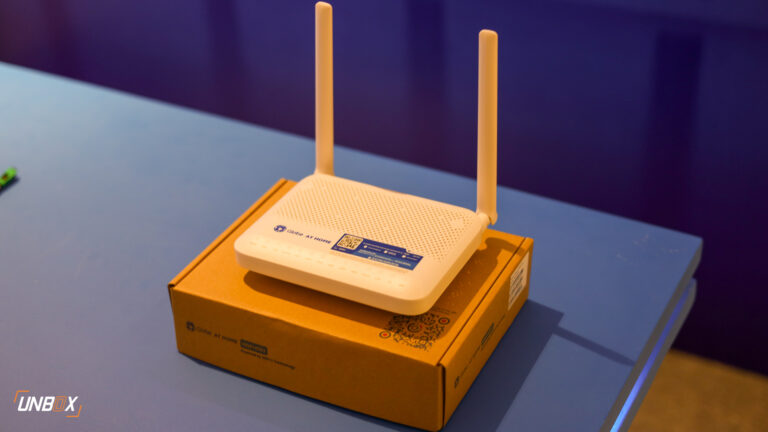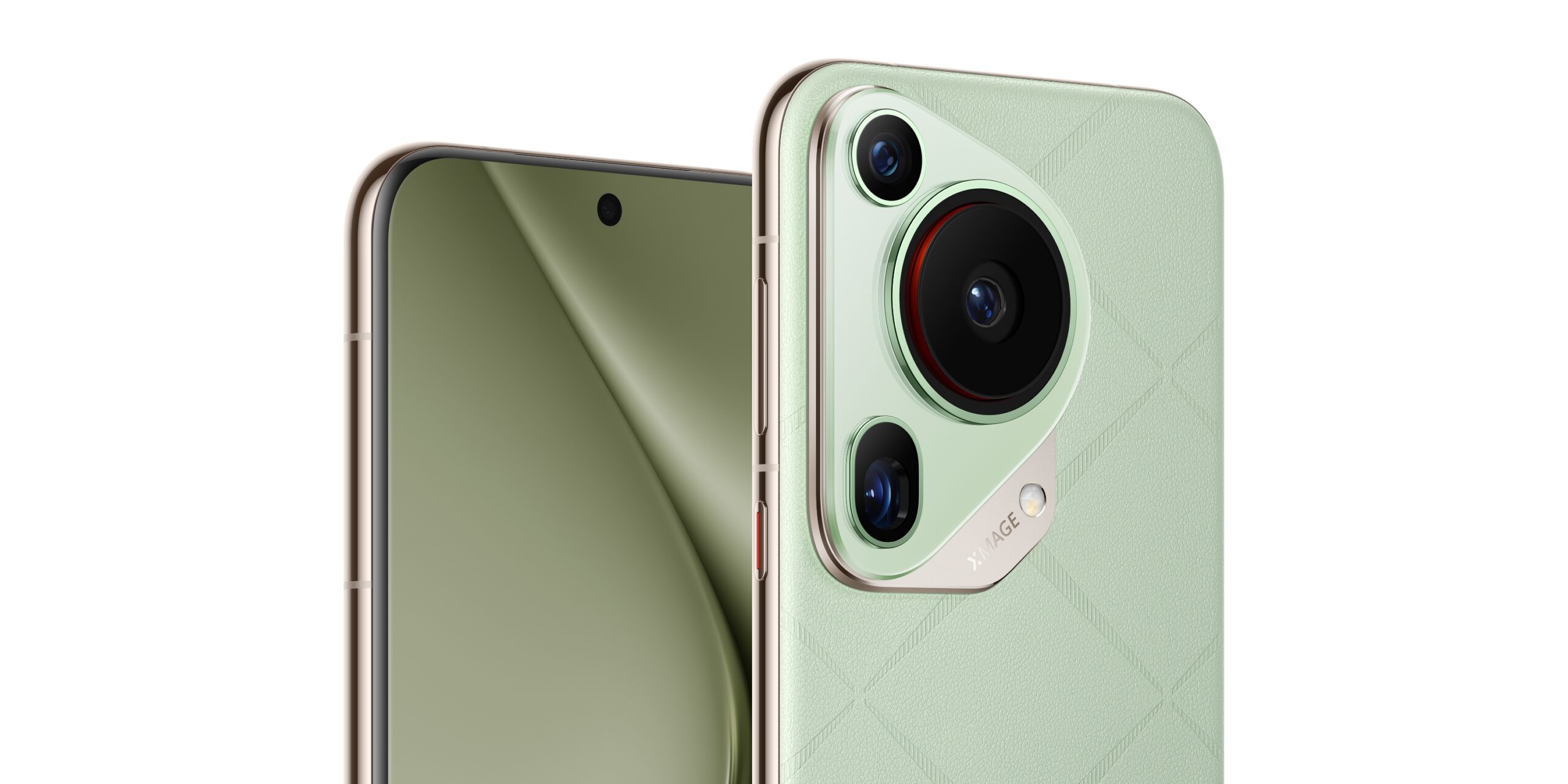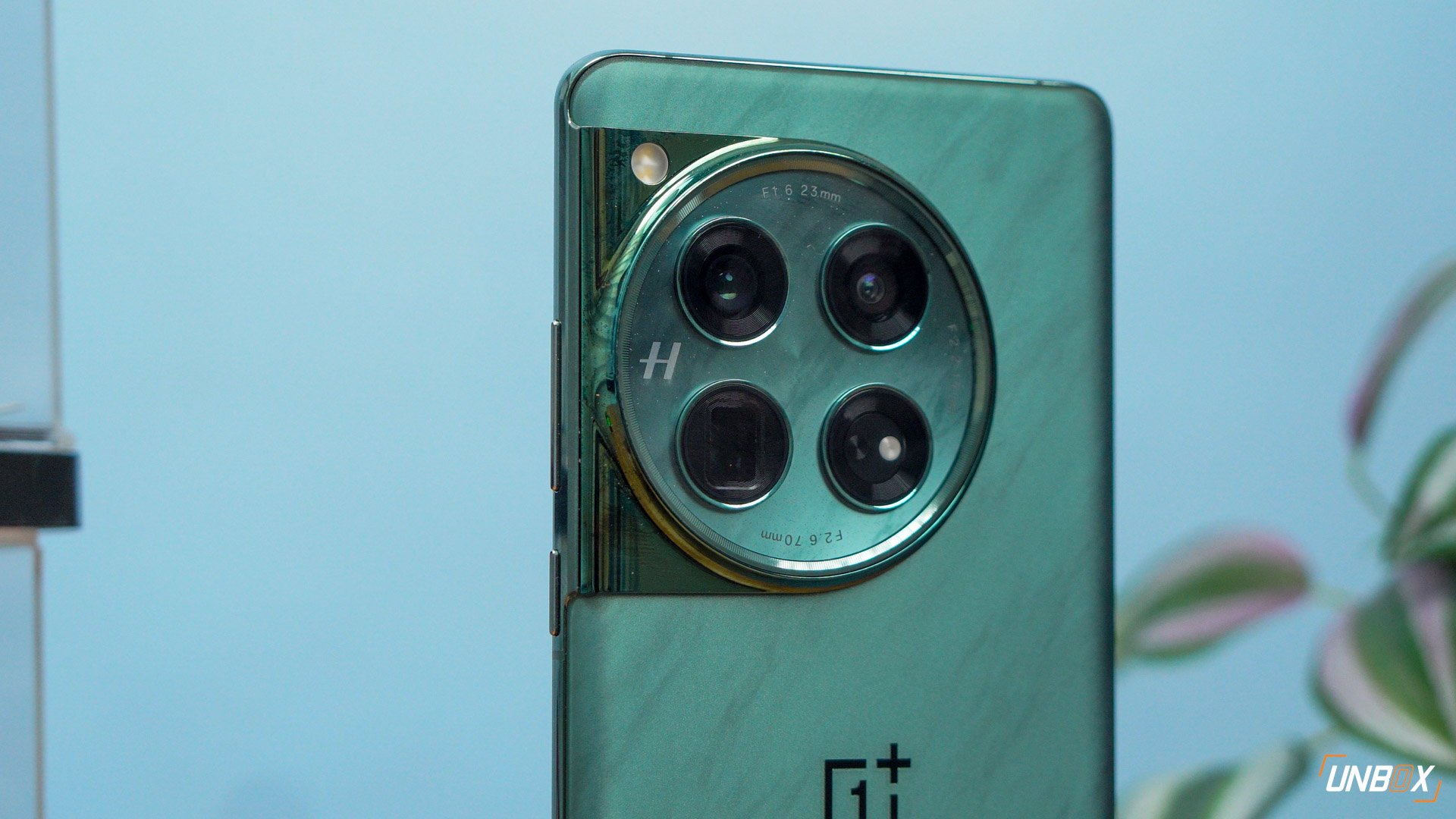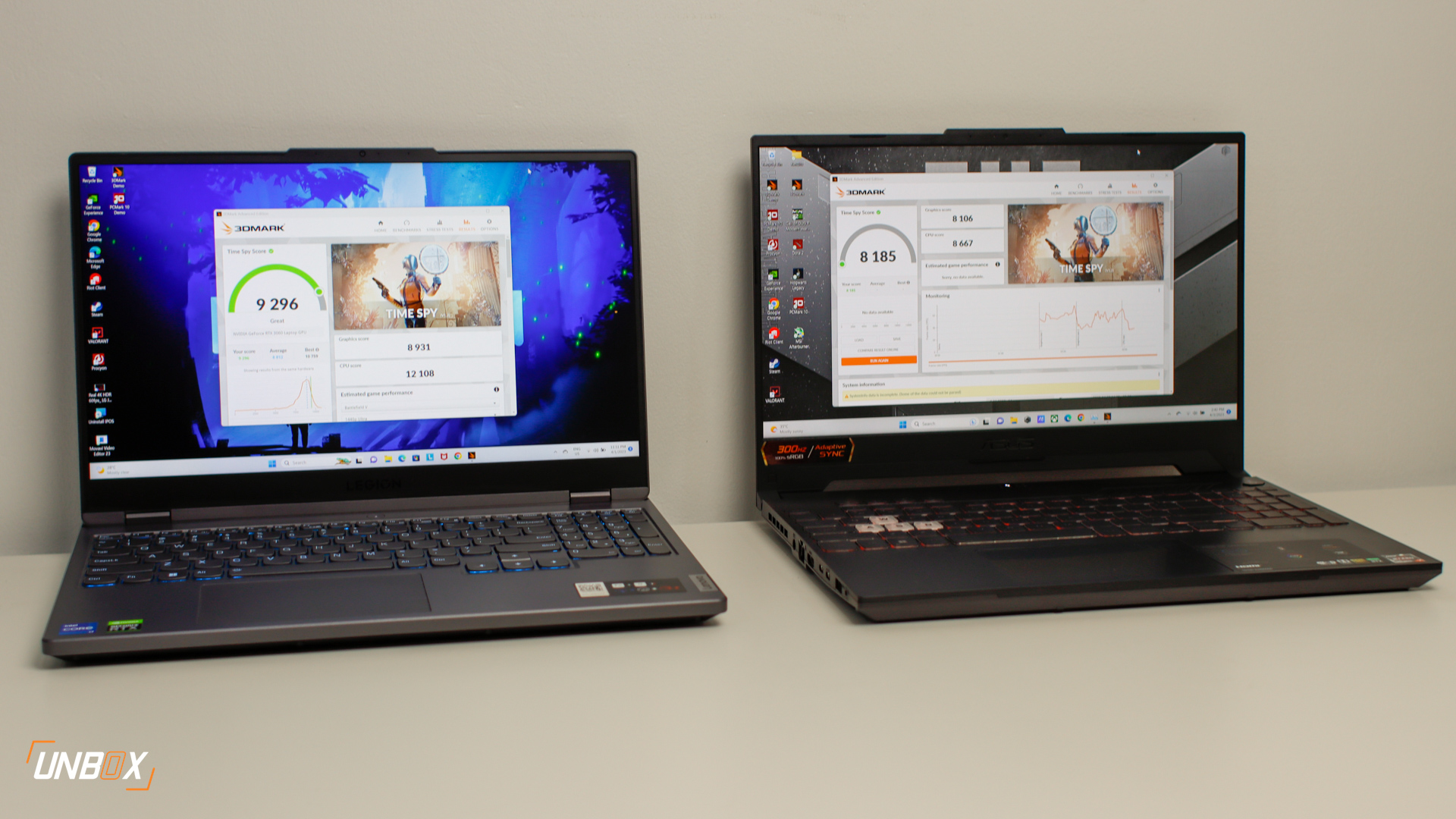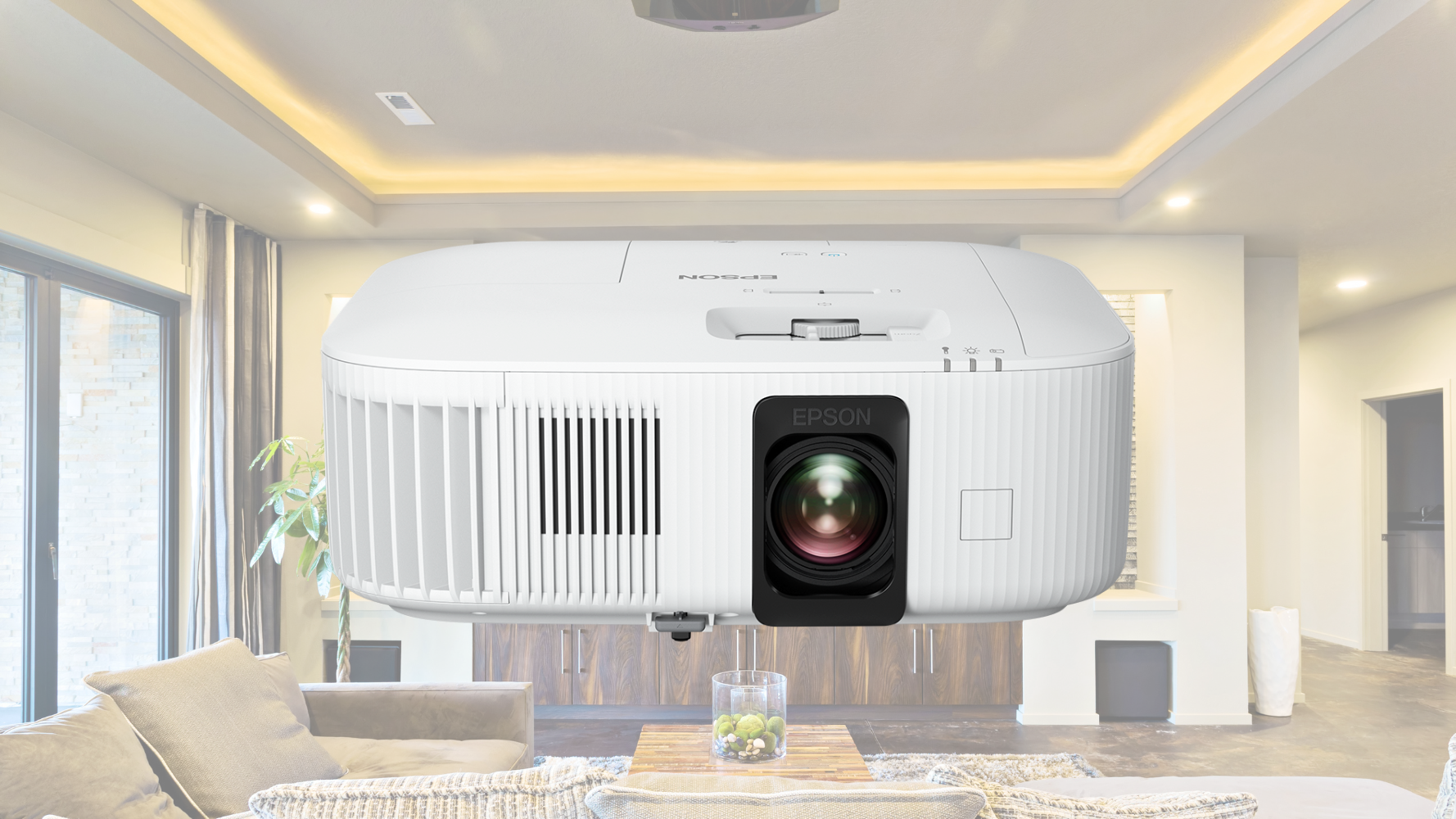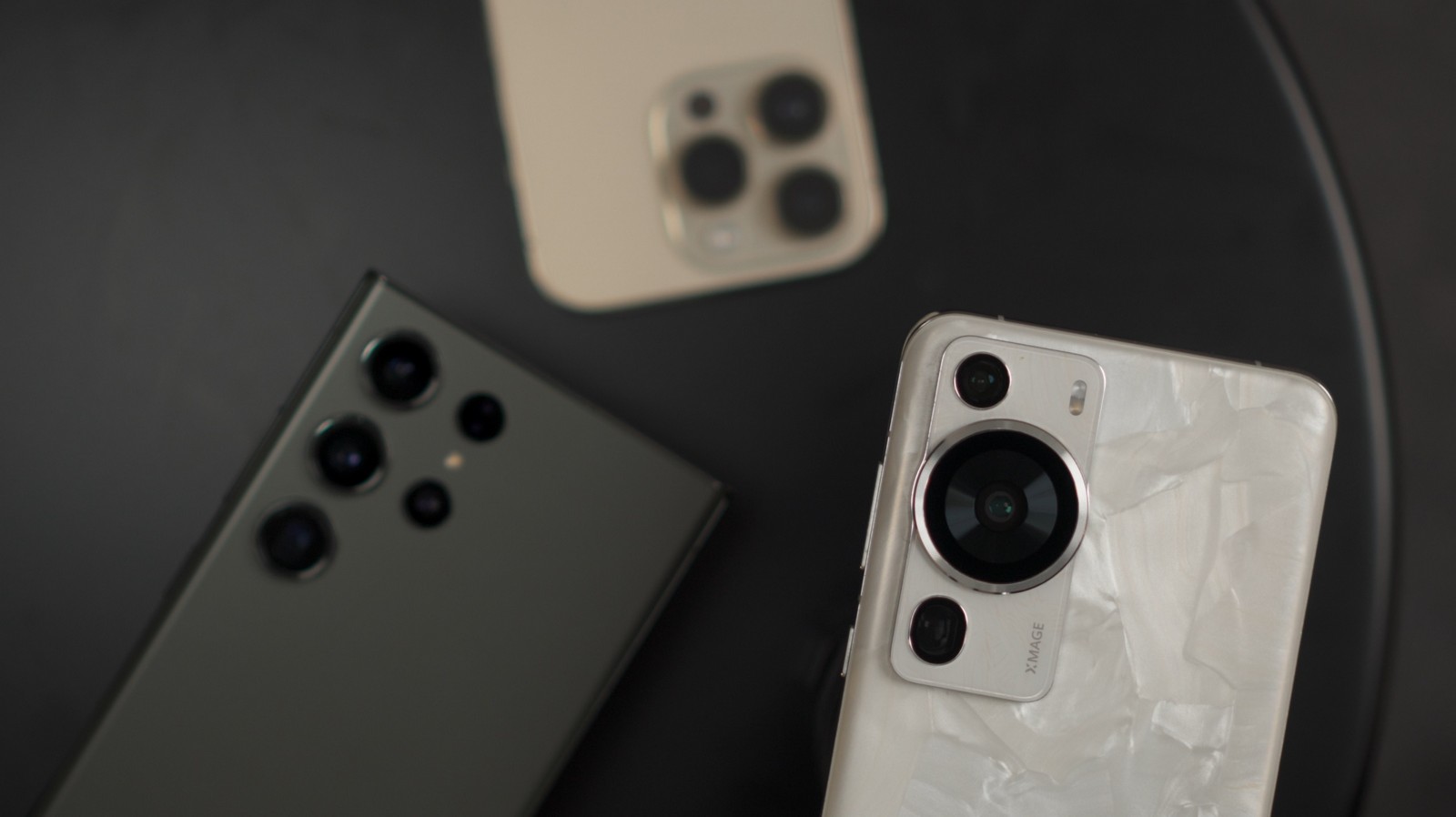Together with the announcement of the all-new MacBook Air and 2022 MacBook Pro 13, Apple has unveiled the second generation of its home-grown silicon with the M2.
Compared to 2020’s M1, the M2 uses a second-gen 5nm process node from TSMC and packs more transistors than the M1 at 20 million (the M1 had only 16 million transistors). The increased transistor count allowed for adding two more GPU cores in the M2, along with increasing the unified memory bandwidth to 100GB/s. These improvements also allow the M2 to support up to 2TB SSD and up to 24GB RAM–the M1 only supported up to 16GB RAM.
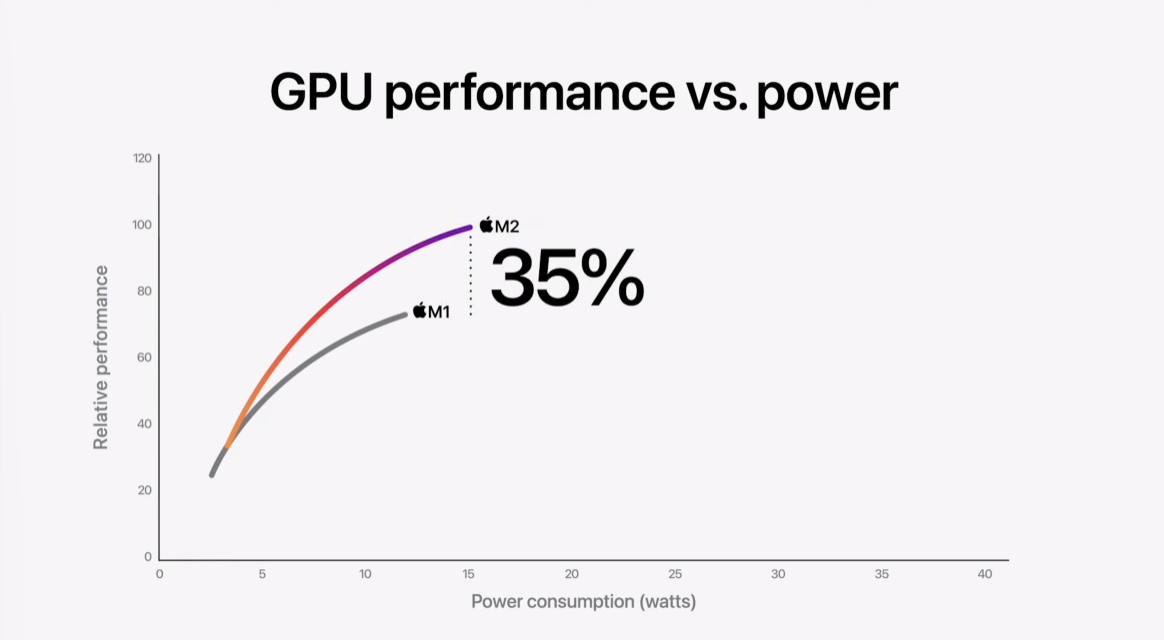
How does this translate to performance? Apple claims that the addition of two GPU cores translates to as much as 35% better GPU performance on the MacBook Pro 13 M2 compared to the MacBook Pro 13 M1. In addition to that, Apple adds that its high-performance cores are now faster, more efficient, and come with more cache to boot.
To prove its point, Apple claims that the M2 offers 20% better performance than a laptop using a Core i7-1255U while consuming less power. Interestingly, Apple did admit that the M2 trails behind the Core i7-1260P (which has 12 cores), but insists that it requires less power to match its performance.
While Apple is still at it taking swipes against Intel, things have changed since Intel has shifted to a hybrid architecture for its 12th-gen Alder Lake chips. While Apple does admit that Intel’s P-series chips beat the M2, their main point is still more about offering outstanding performance while being power-efficient at the same time.
The M2’s GPU performance is something that is worth looking at, as Apple boasts of as much as 2.3x better GPU performance on the M2 against a Core i7-1255U’s Iris Xe Integrated Graphics while consuming less power.
In a nutshell, while the graphs make the M2 look promising on paper, we have yet to see if these translate to real-life performance.


